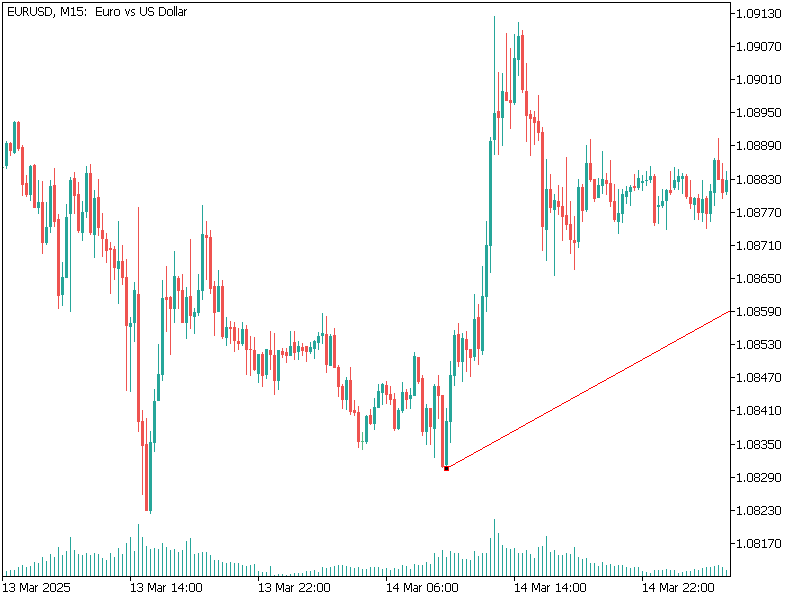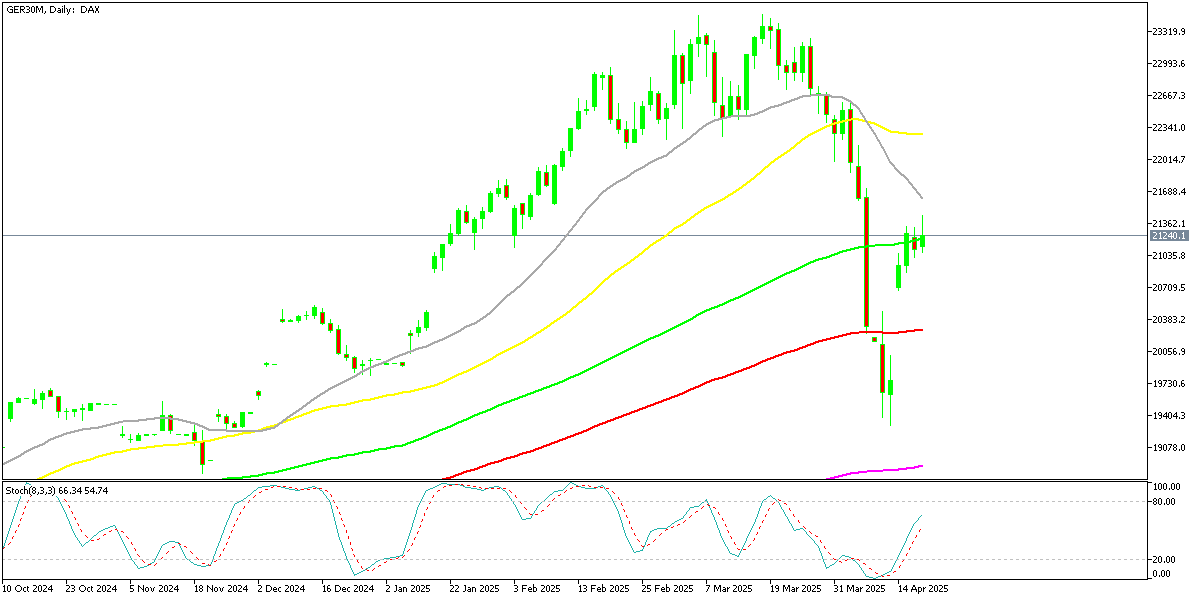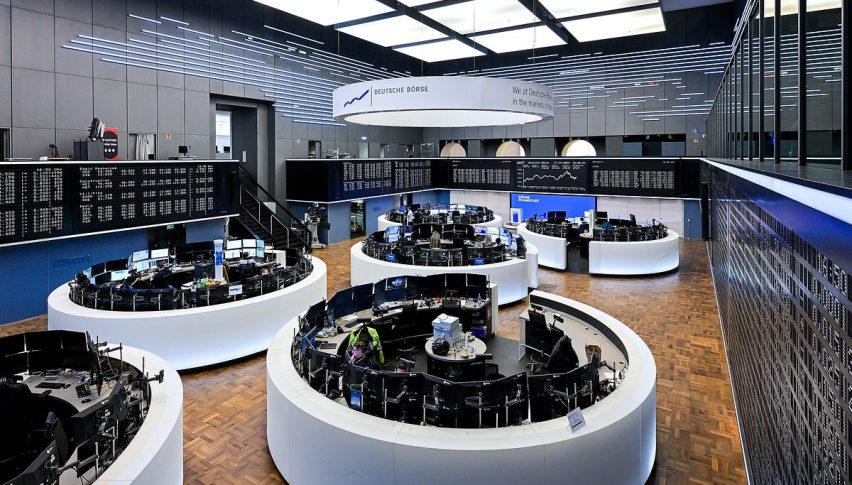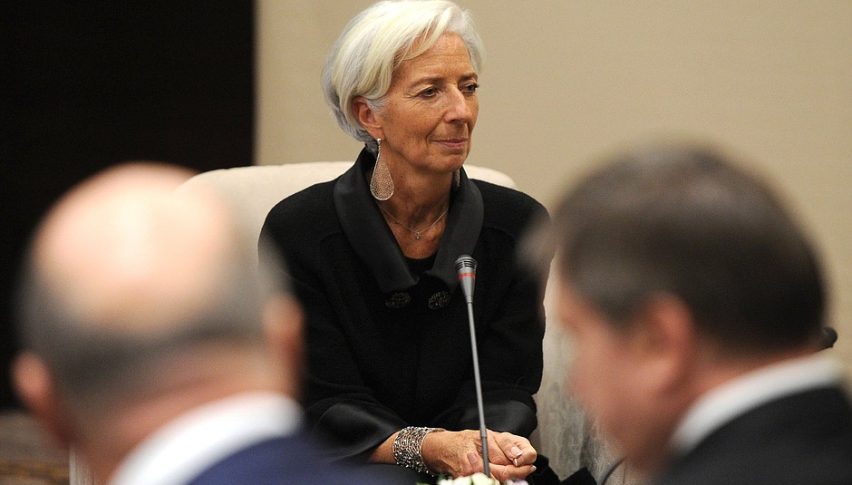ECB Delivers 25 bps Cut: Euro Slips While DAX Gains on Lagarde’s Cautious Tone
One of today's major events is the ECB meeting, which saw the ECB decrease interest rates by 0.25% in a cautious move, sending the DAX up.
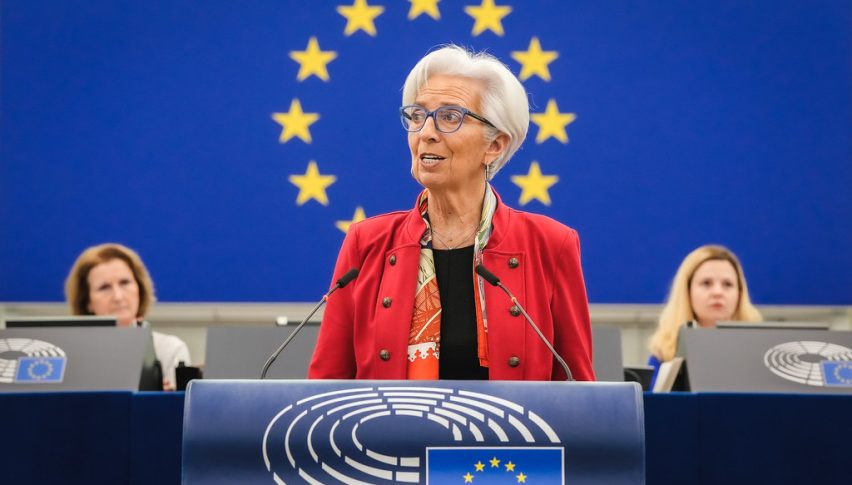
Quick overview
- The ECB cut interest rates by 0.25%, leading to a rise in the DAX index.
- The euro strengthened against the U.S. dollar amid expectations of a dovish Federal Reserve.
- The ECB's communication has shifted, removing references to 'restrictive' monetary policy, indicating a more cautious approach.
- Future ECB decisions will depend on economic data, inflation dynamics, and the impact of global trade developments.
Live EUR/USD Chart
One of today’s major events is the ECB meeting, which saw the ECB decrease interest rates by 0.25% in a cautious move, sending the DAX higher.
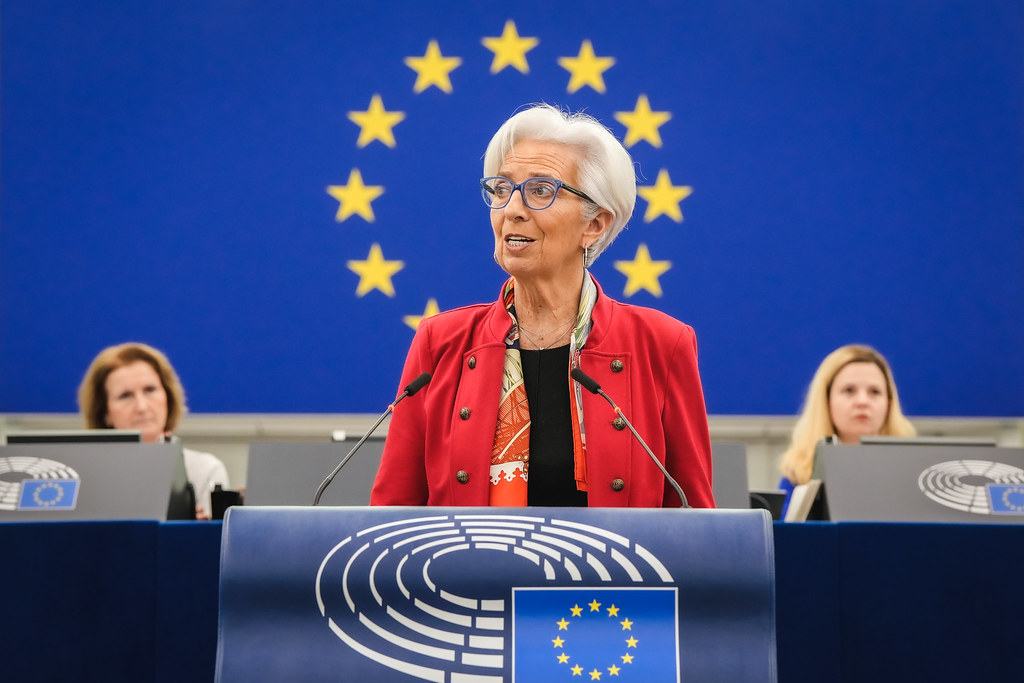
Euro Surges Amid Dovish USD, ECB Decision Looms
The recent tit-for-tat tariff developments have had a profound impact on currency markets, notably softening the U.S. dollar. As expectations shifted toward a more dovish stance from the Federal Reserve, EUR/USD climbed decisively above the 1.1414 mark. This notable move to the upside has diminished the likelihood that even a dovish European Central Bank rate cut could drag the pair down toward the 1.10 handle in the near term.
EUR/USD Chart 15 Min – Falling Below the 100 SMA
While the euro’s strength remains underpinned by U.S. dollar weakness, volatility is still anticipated—especially as markets weigh the ECB’s next move. Both the single currency and major European equity benchmarks, including the DAX 40, are expected to respond sharply to policy signals and geopolitical developments.
DAX Reverses Hard After Steep Pullback
Germany’s DAX index has also seen a turbulent ride. After pushing to record highs earlier this year, the index began a steep reversal in mid-March, ultimately shedding over 20% by the start of last week. However, since then, bullish momentum has returned in force.
In just a few sessions, the DAX has recovered more than half of its previous losses, now sitting less than 10% below its peak. The sharp bounce reflects renewed investor appetite for European equities, supported by improving eurozone inflation metrics and growing expectations of a more accommodative stance from the ECB.
This recovery, however, remains fragile. Much will depend on how the ECB balances the need to support growth with persistent inflation risks and how global trade dynamics, particularly U.S. tariffs, evolve in the coming weeks.
ECB April Rate Cut: A Shift in Tone, but Not in Commitment
Key Points from the ECB’s April Monetary Policy Decision:
Interest Rates Cut as Expected:
- Deposit Facility Rate: Lowered to 2.25% (from 2.50%)
- Main Refinancing Rate: Cut to 2.40% (from 2.65%)
- Marginal Lending Facility: Reduced to 2.65% (from 2.90%)
Language Shift:
- The ECB omitted any reference to “restrictive” monetary policy, marking a subtle but notable change in its communication tone.
- However, this does not imply a declaration of neutral policy, nor does it signal an end to potential further rate adjustments.
Inflation & Outlook:
- The ECB states the disinflation process is “well on track”.
- Reaffirms commitment to bringing inflation sustainably to the 2% medium-term target.
Forward Guidance:
- No pre-commitment to a specific rate path.
- Reiterates a data-dependent, meeting-by-meeting approach.
- Future decisions will hinge on:
- Incoming economic and financial data
- Underlying inflation dynamics
- Effectiveness of monetary policy transmission
- Full statement
After tweaking its messaging in March, the European Central Bank has now completely removed its reference to monetary policy being “restrictive.” Last month’s shift had already softened the tone, indicating that policy was “becoming meaningfully less restrictive,” but that language is now gone entirely from the ECB’s latest statement.
Still, this change does not suggest that the central bank considers interest rates to be in neutral territory just yet, nor does it imply an end to rate cuts. The overall policy trajectory remains intact, but the omission serves as a strategic hedge. It reflects growing caution in the face of escalating U.S. trade tariffs, which pose fresh threats to the eurozone’s economic outlook and inflation path. ECB President Christine Lagarde is expected to be questioned on the wording change, but she’s likely to deflect the issue by highlighting the growing uncertainty sparked by the tariff standoff.
The ECB’s latest projections forecast core inflation averaging 2.2% in 2025, dropping slightly to 2.0% in 2026, and 1.9% in 2027. Meanwhile, growth expectations remain subdued, with GDP seen rising by just 0.9% in 2025, 1.2% in 2026, and 1.3% in 2027, pointing to a fragile recovery.
EUR/USD Live Chart
- Check out our free forex signals
- Follow the top economic events on FX Leaders economic calendar
- Trade better, discover more Forex Trading Strategies
- Open a FREE Trading Account

